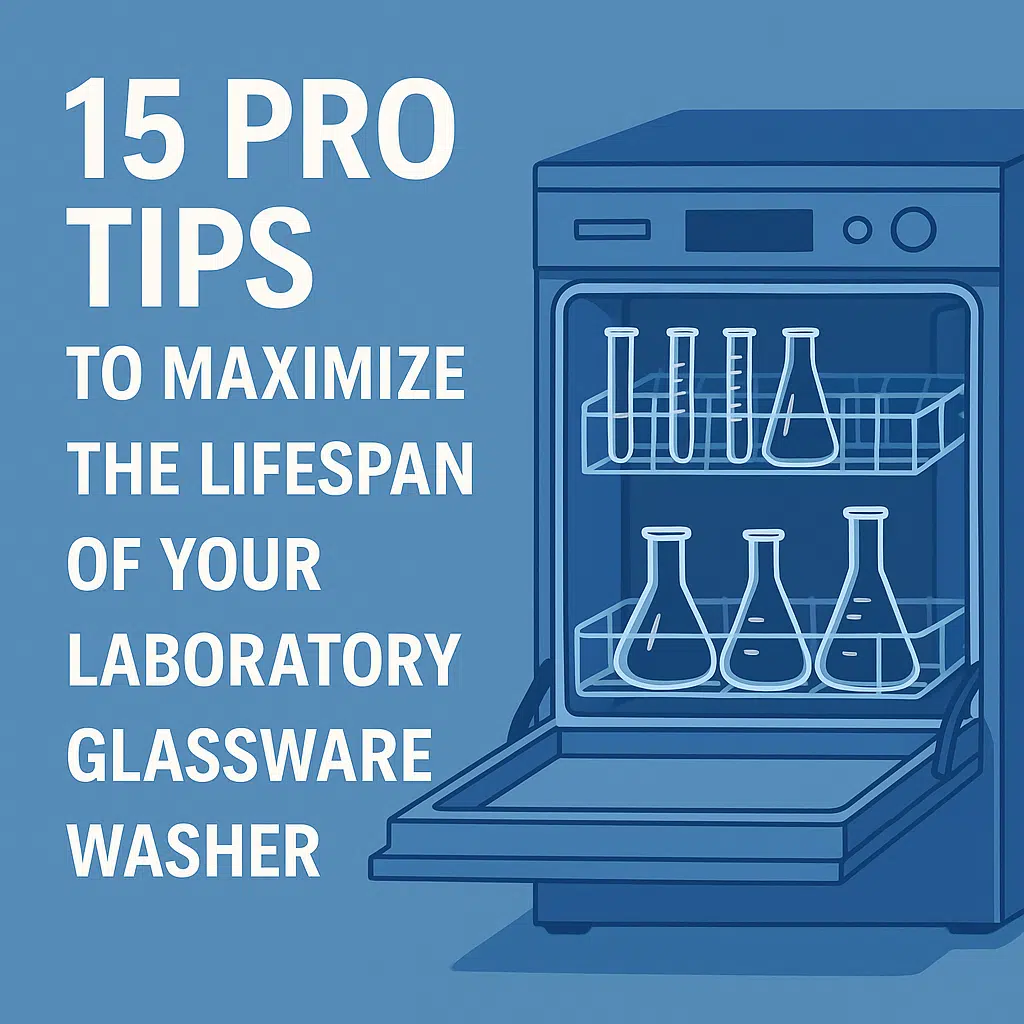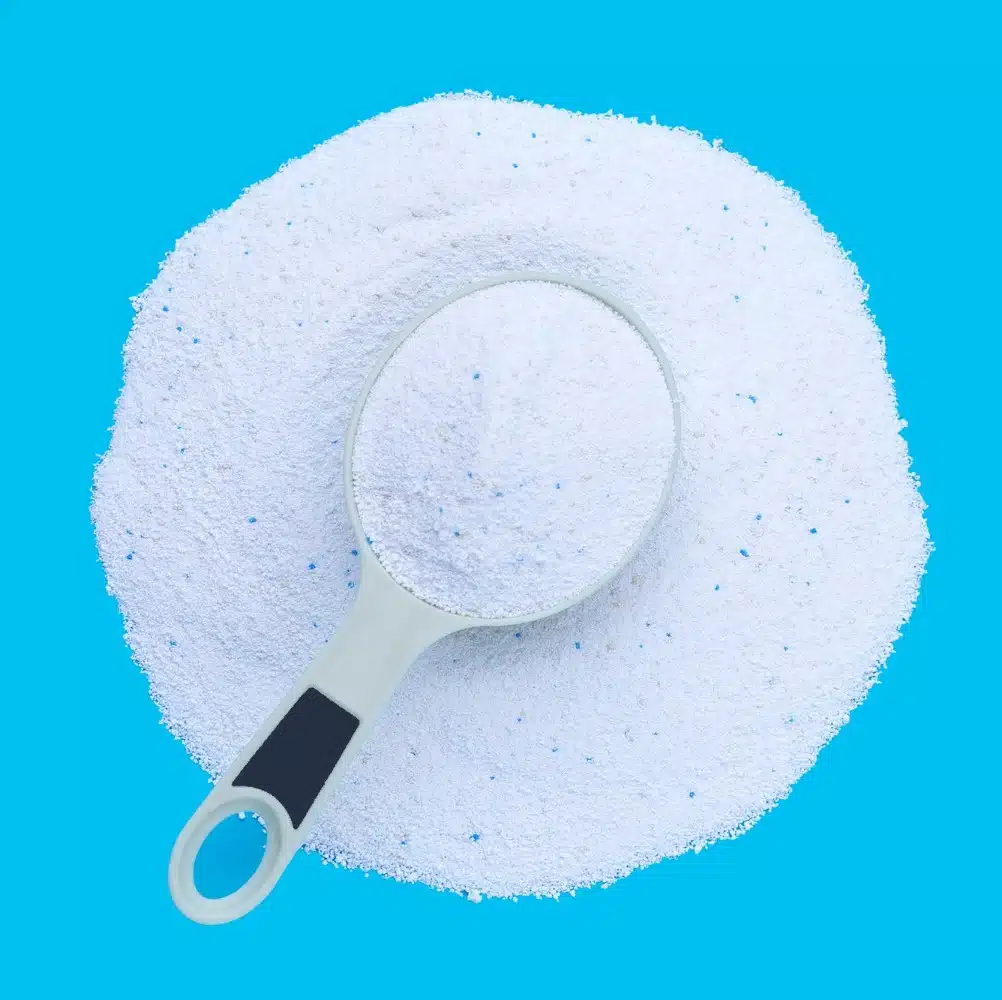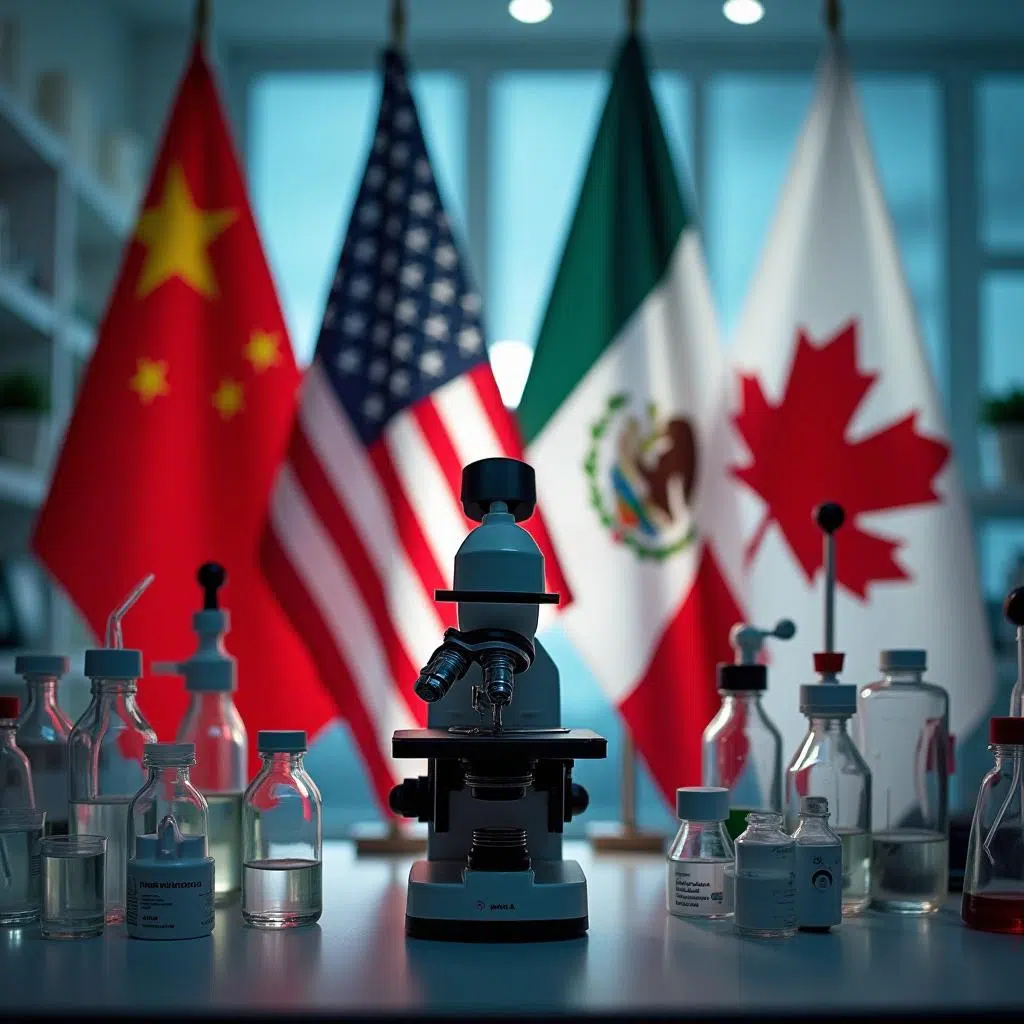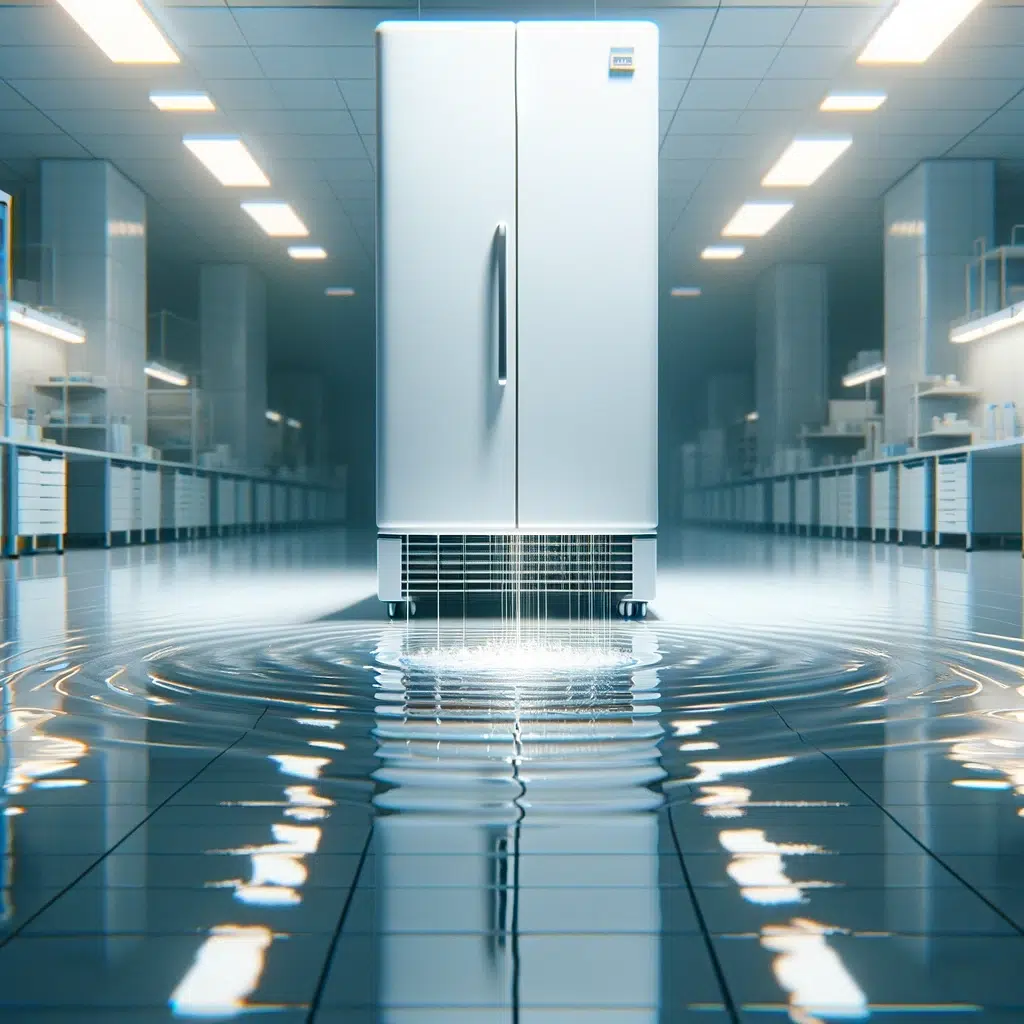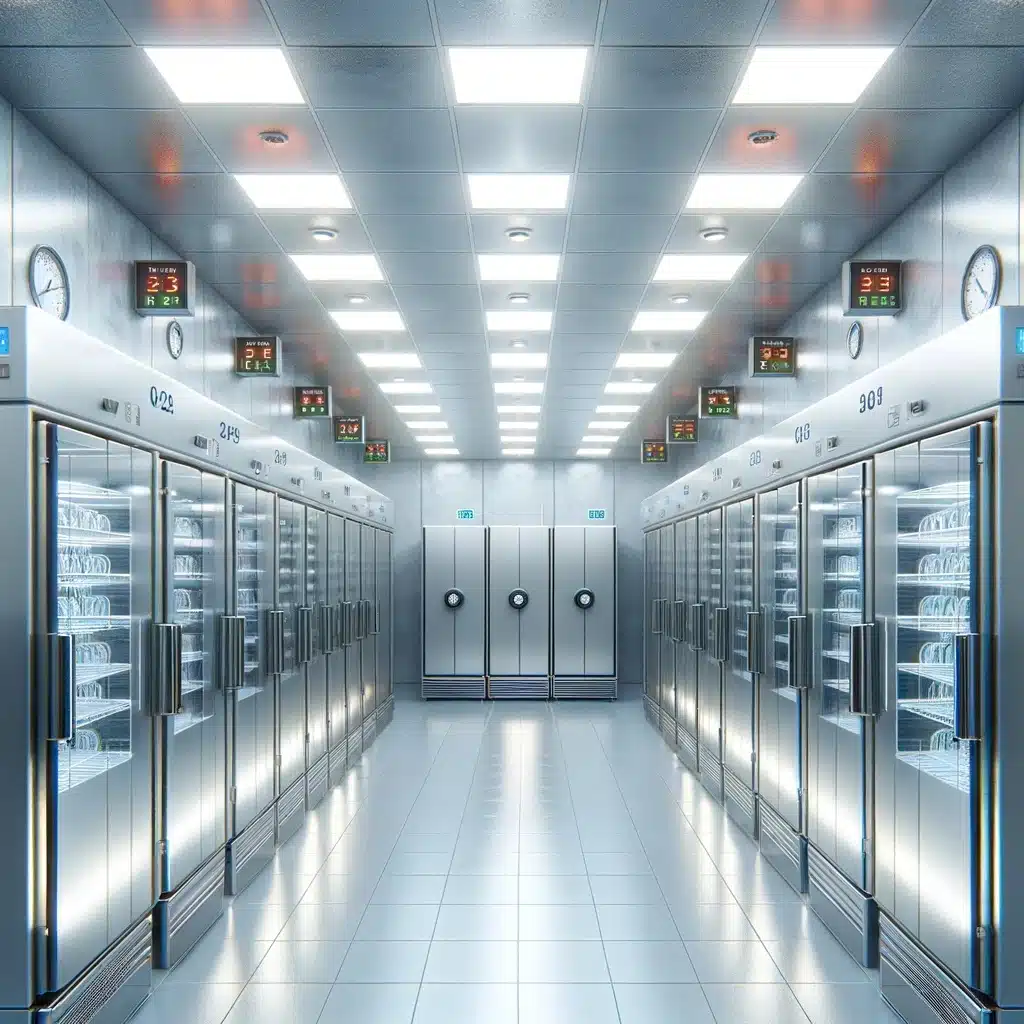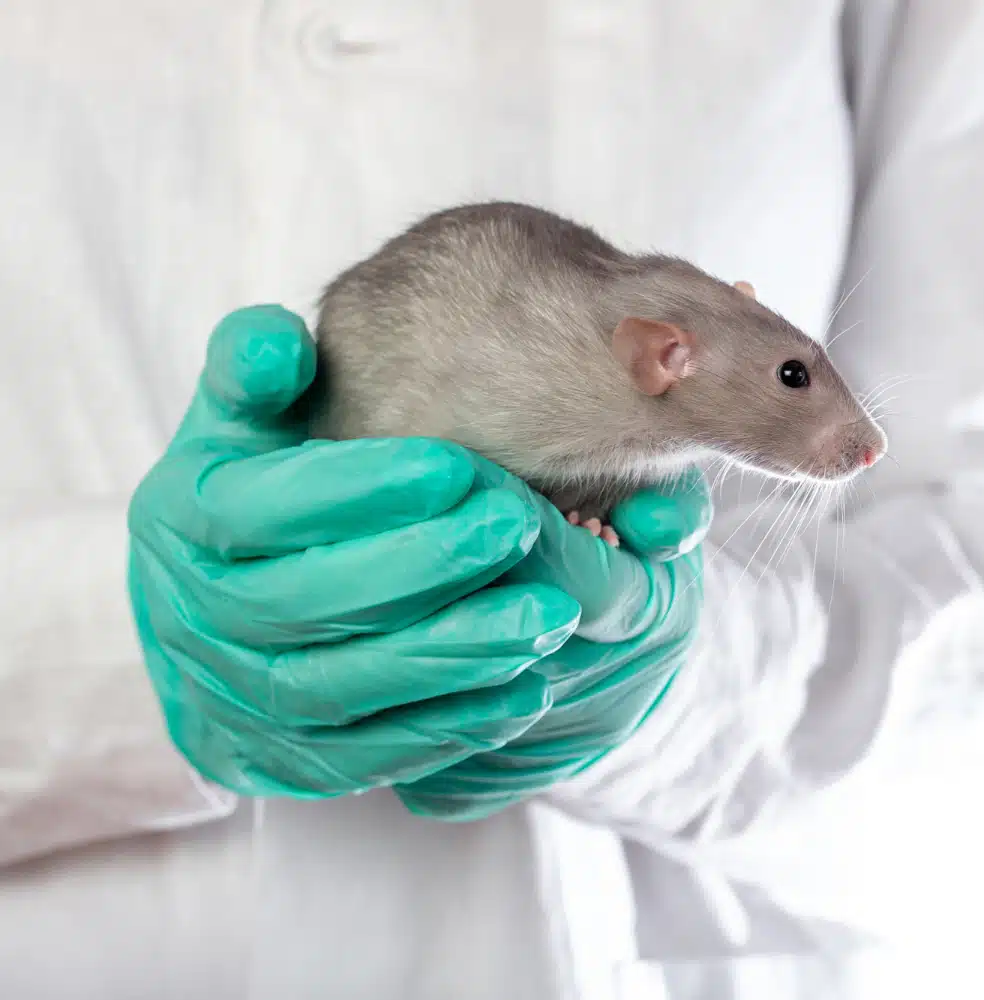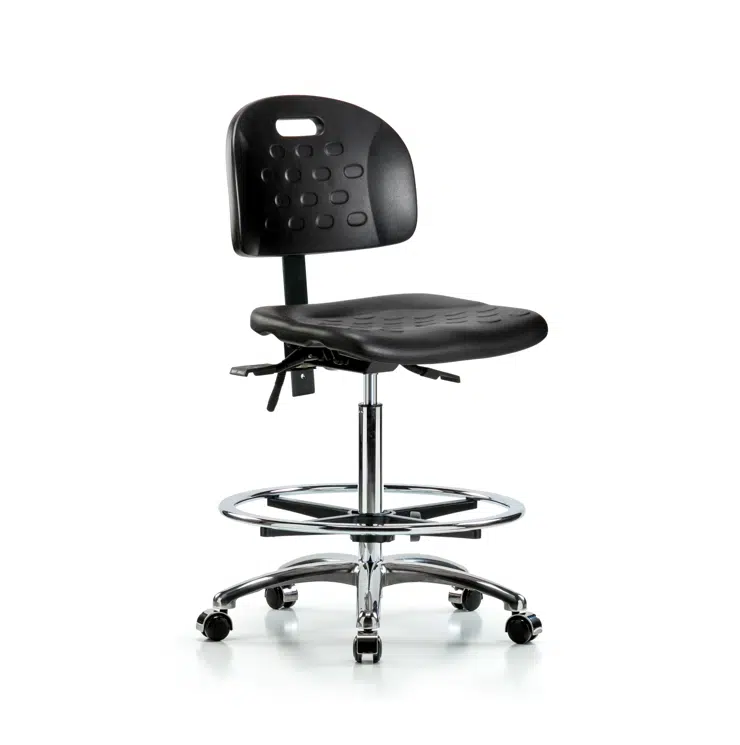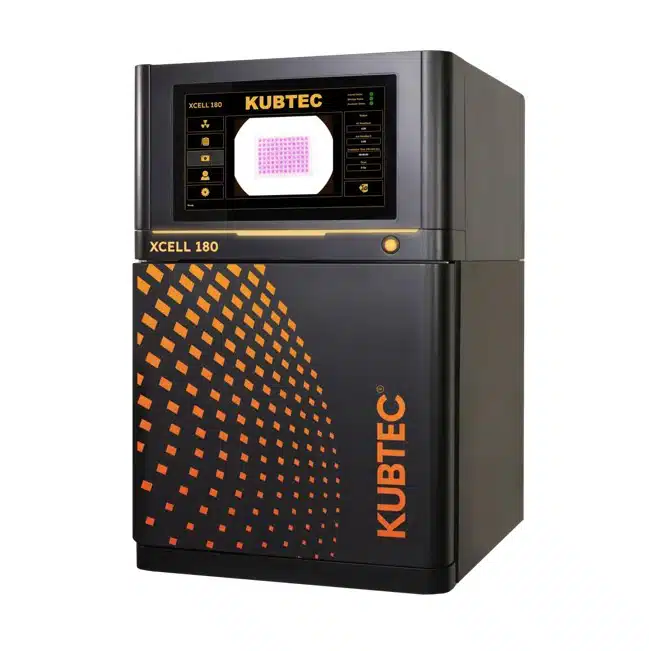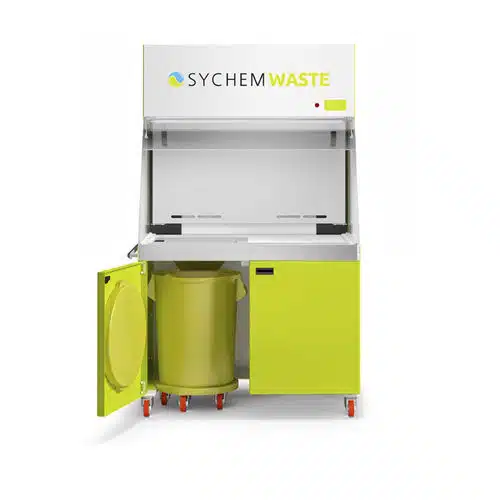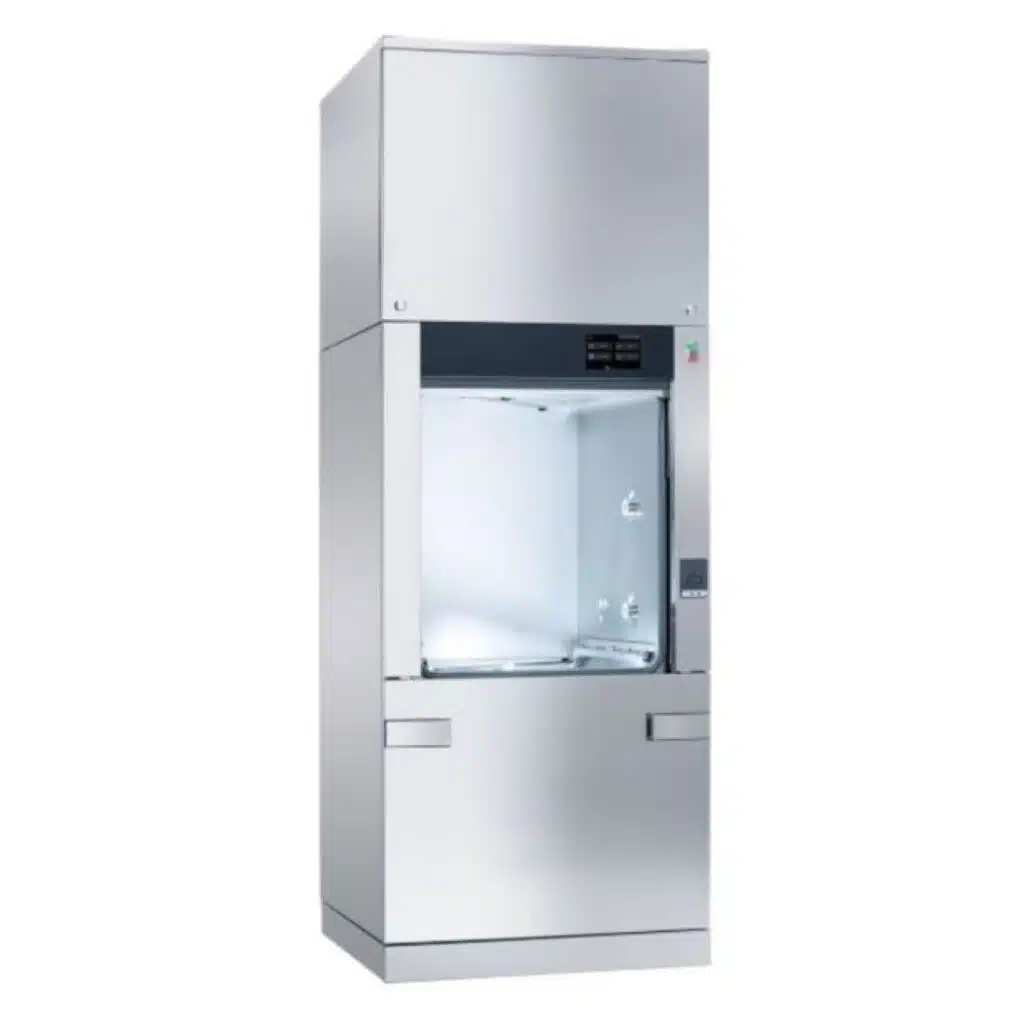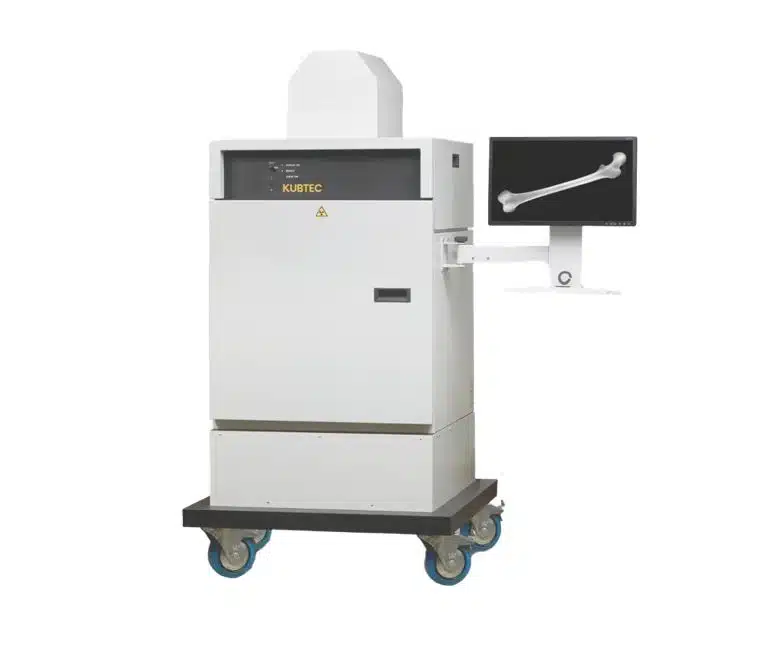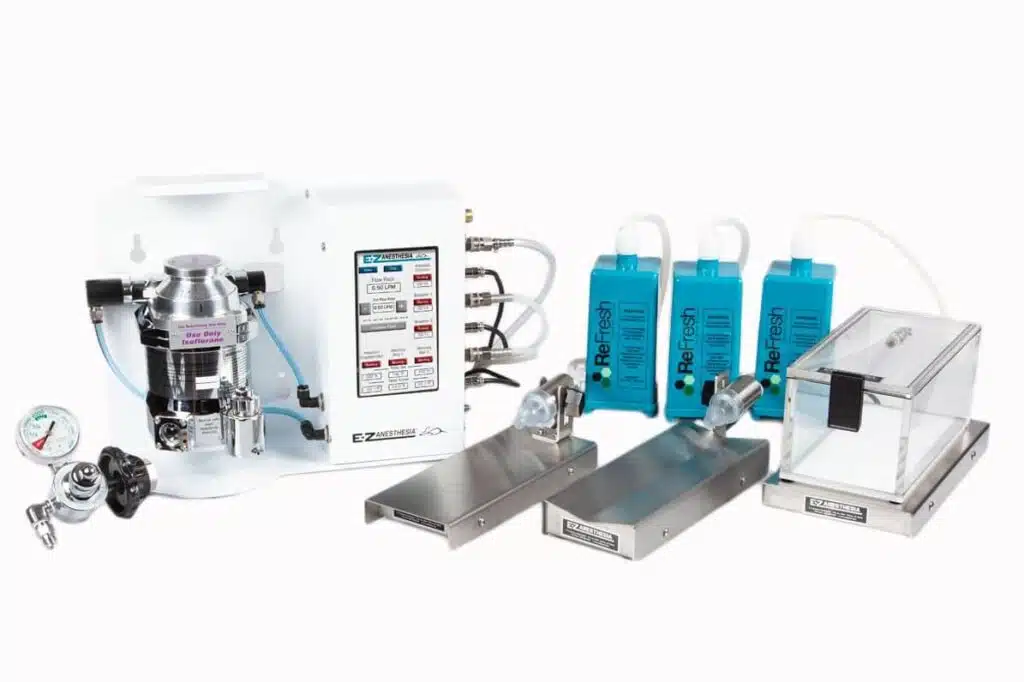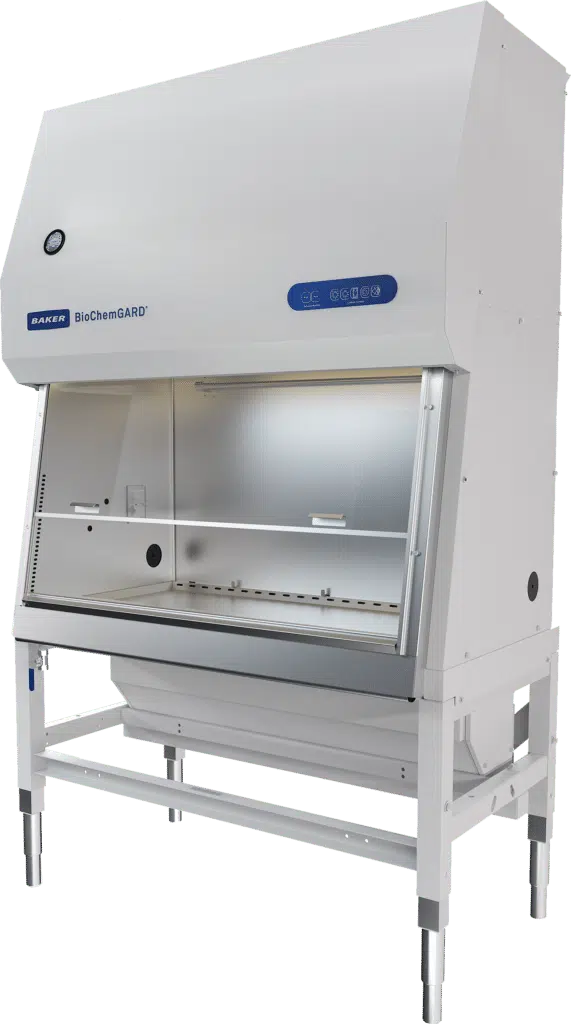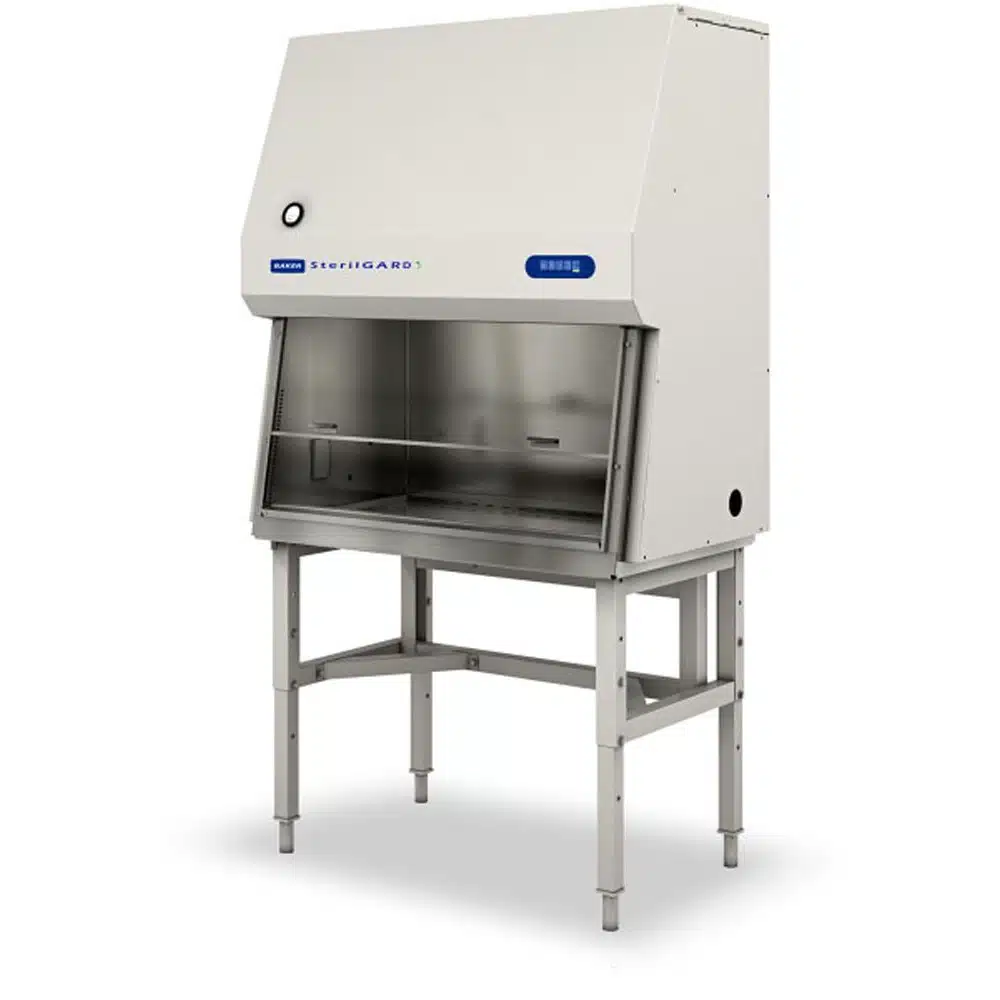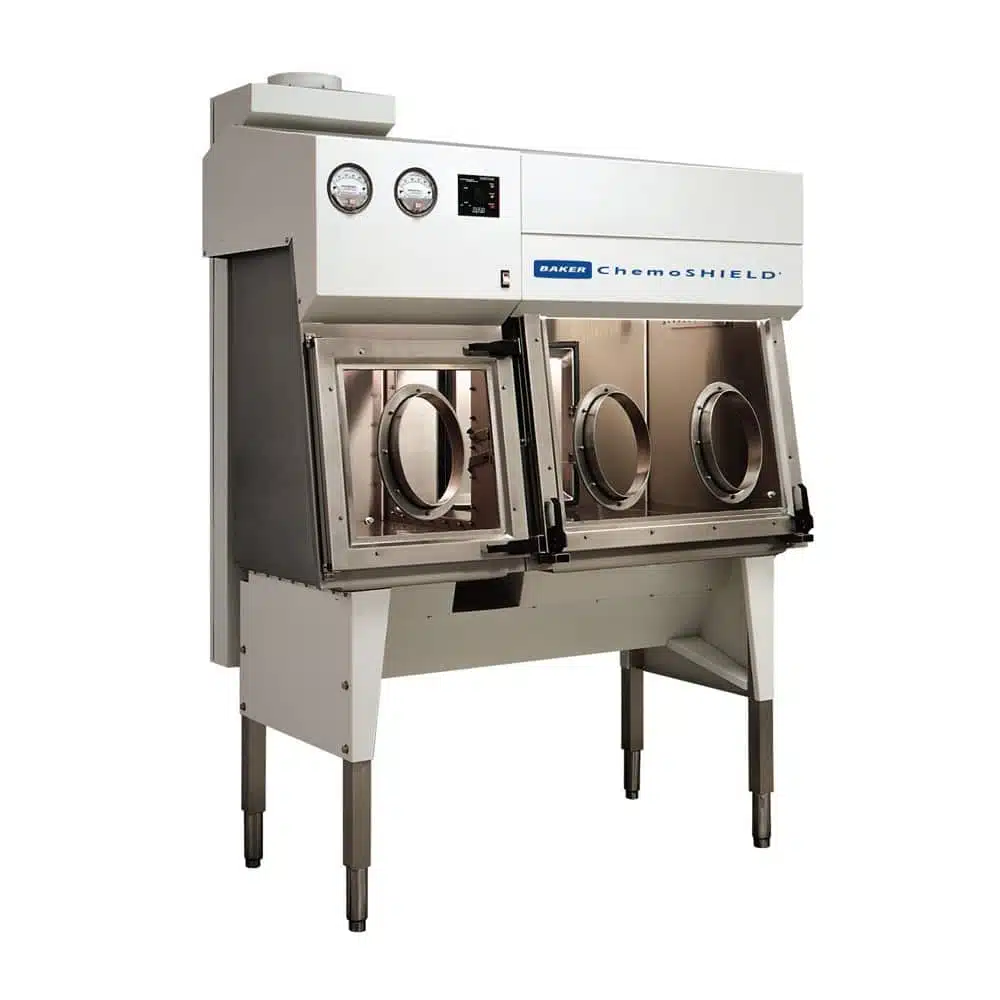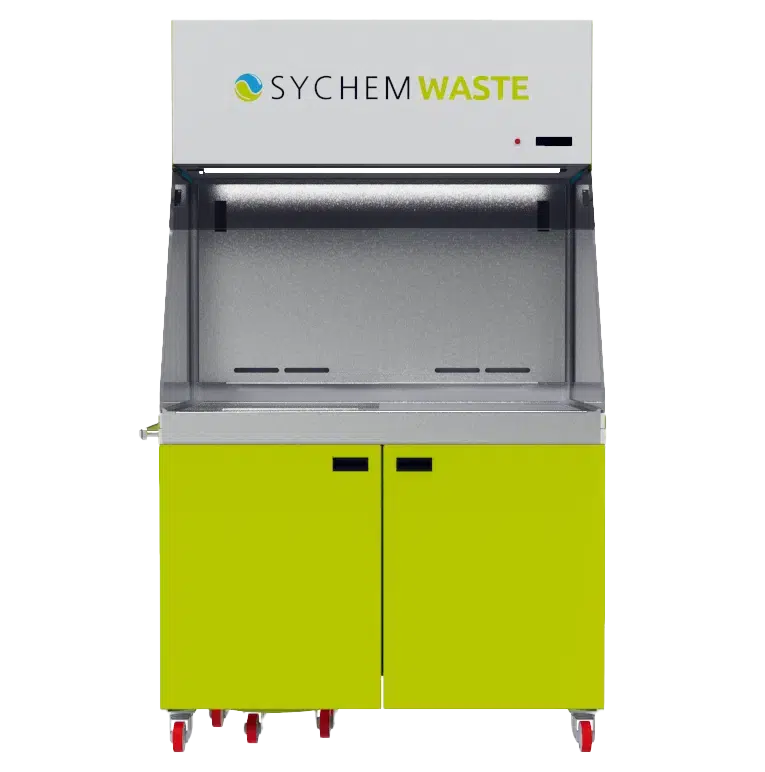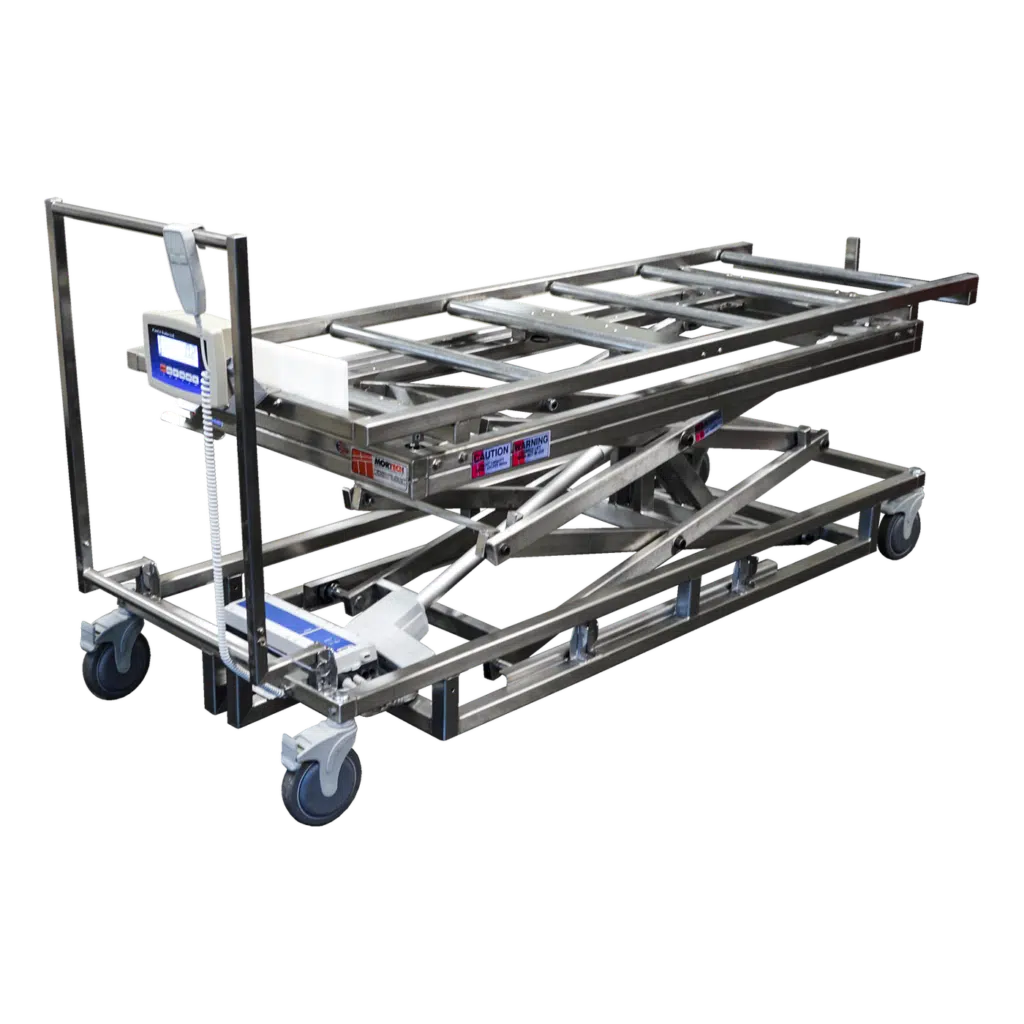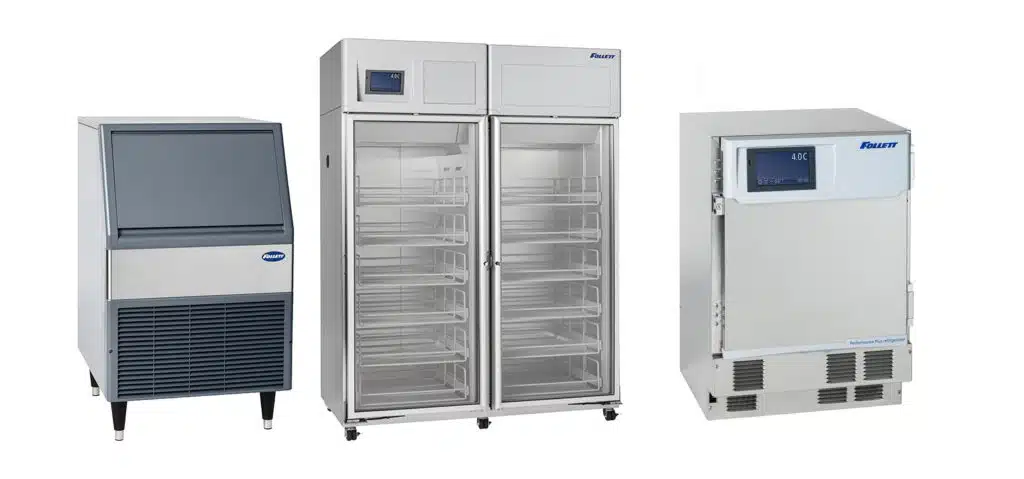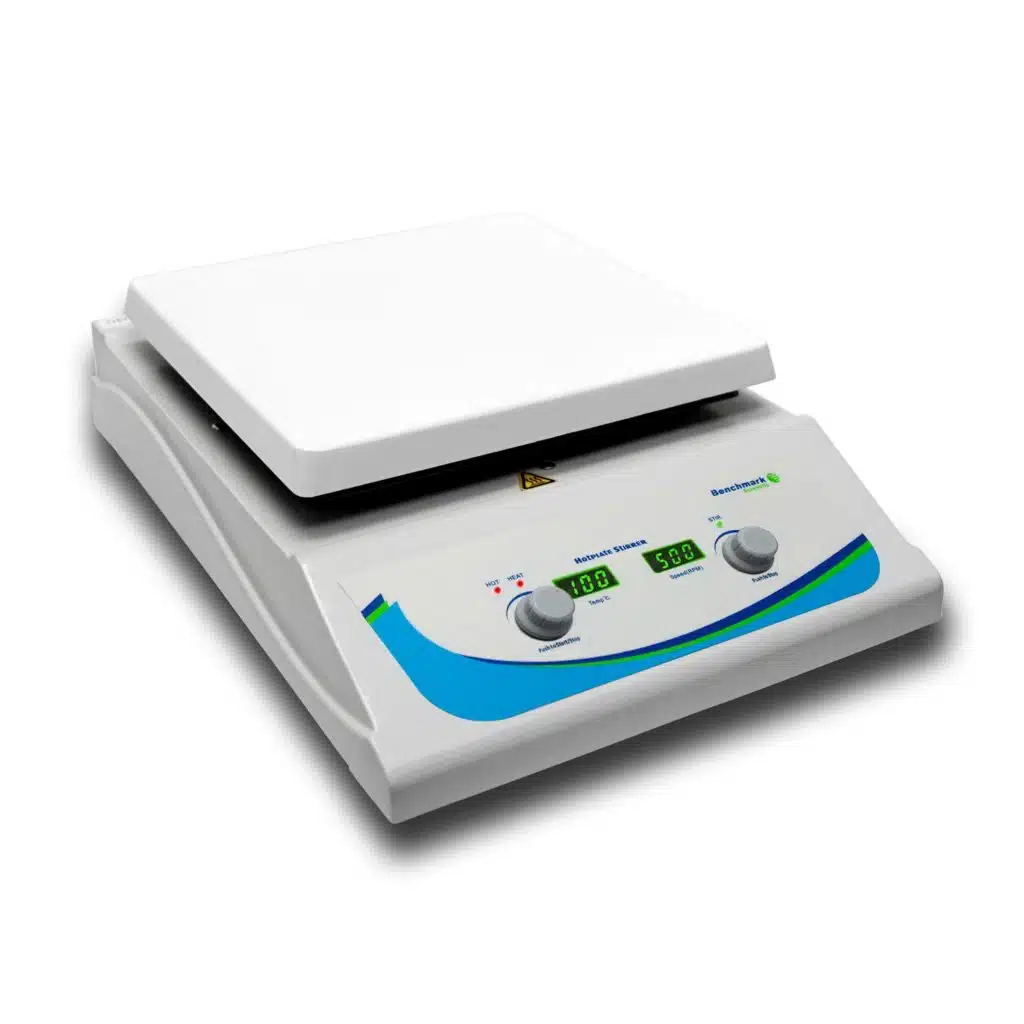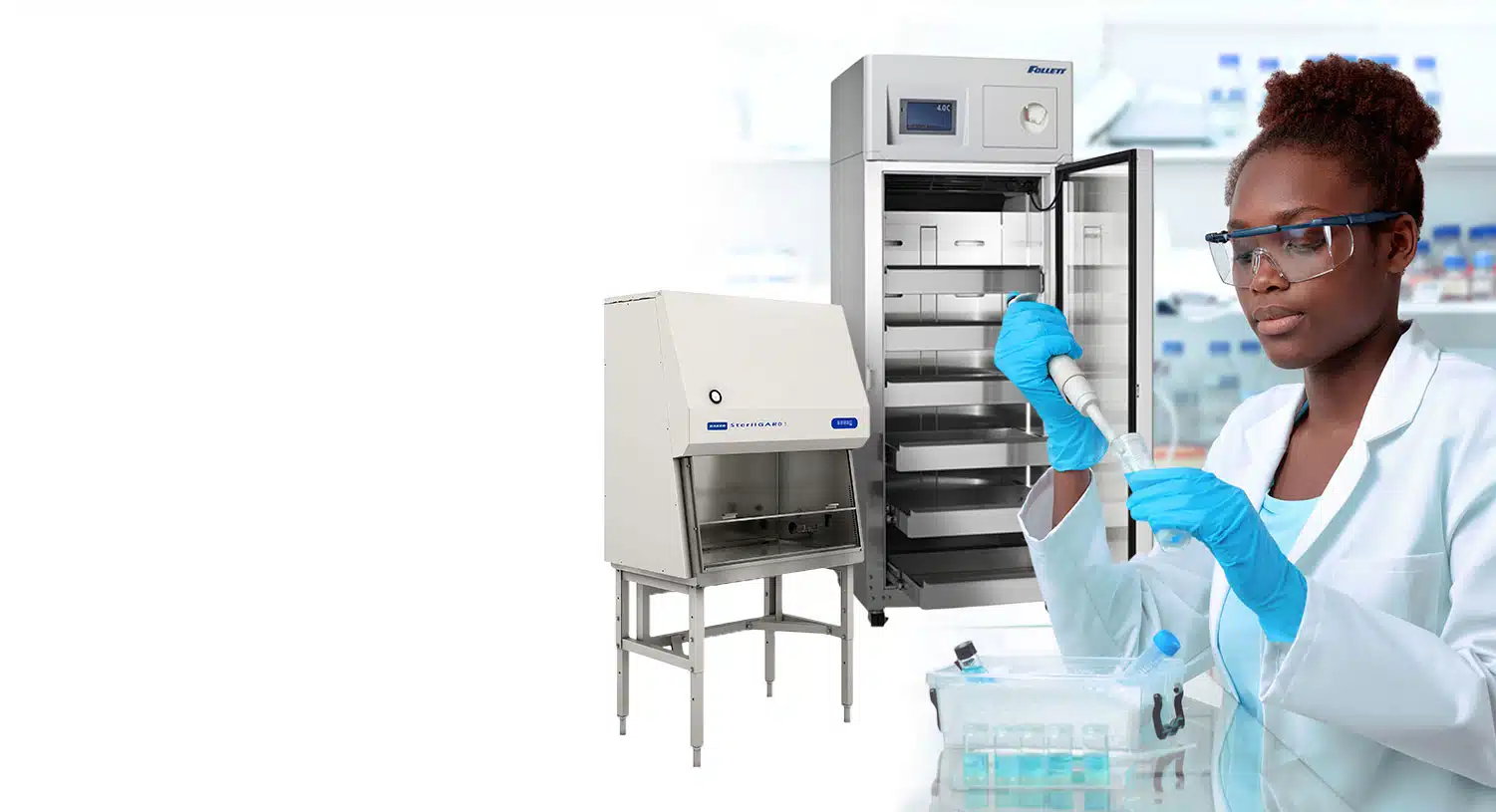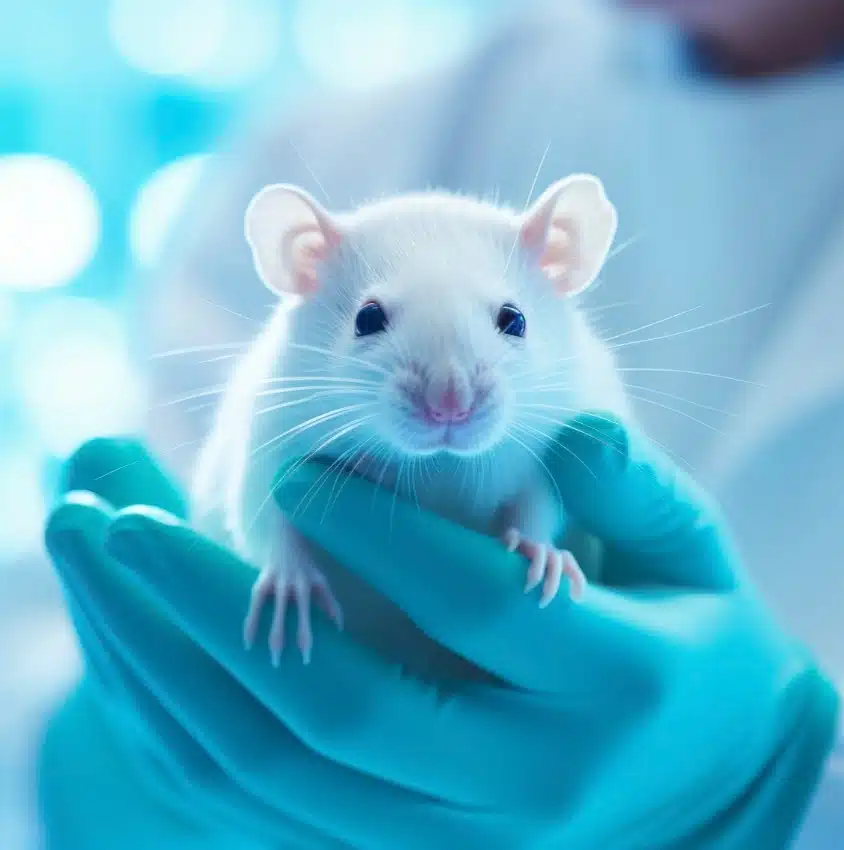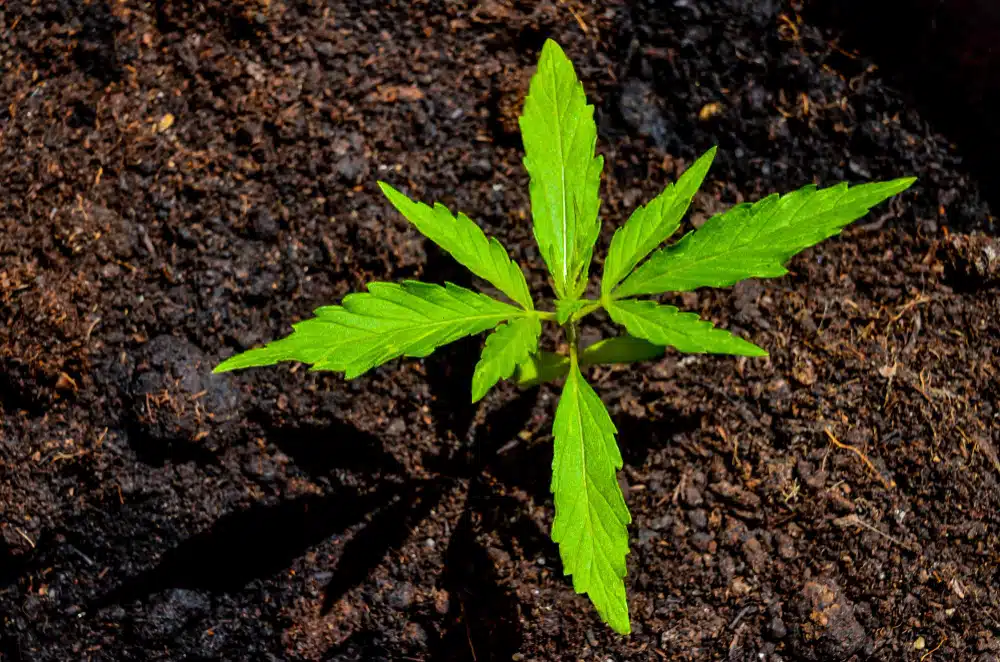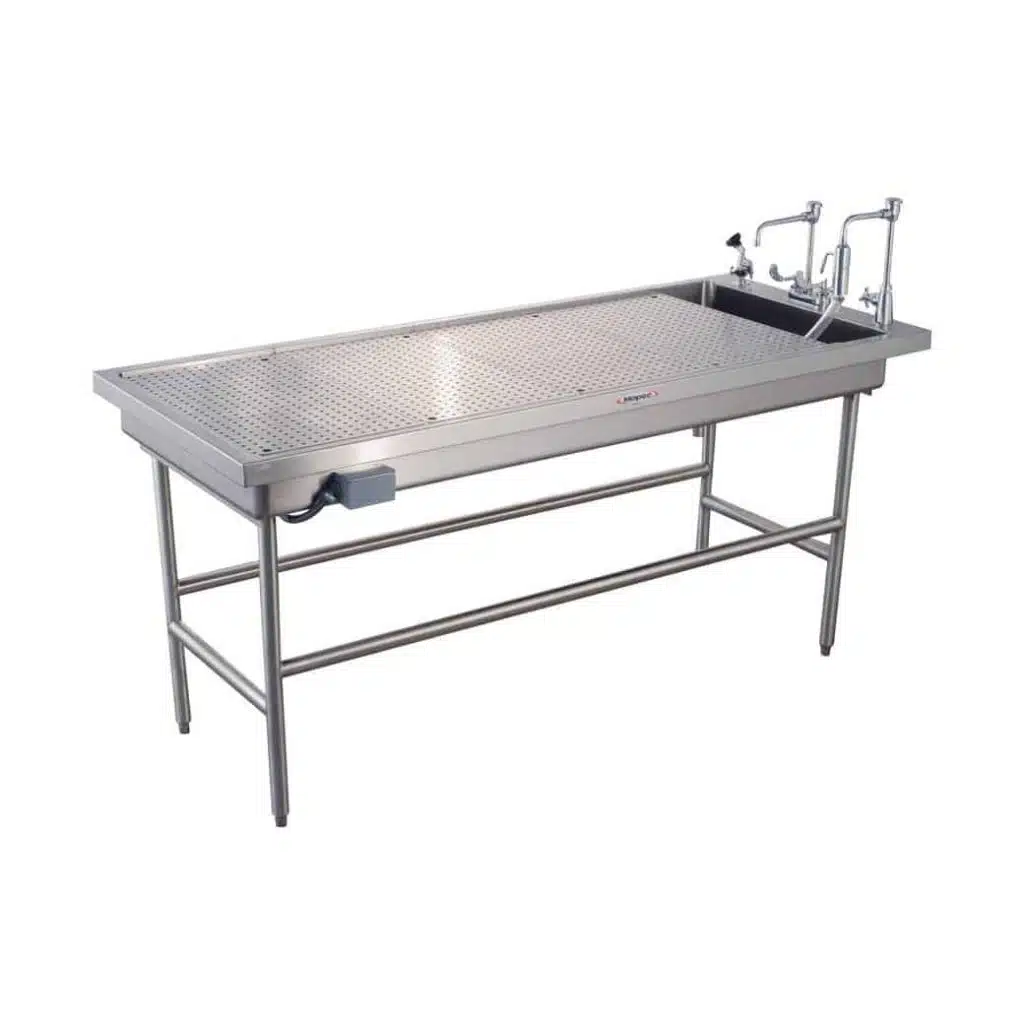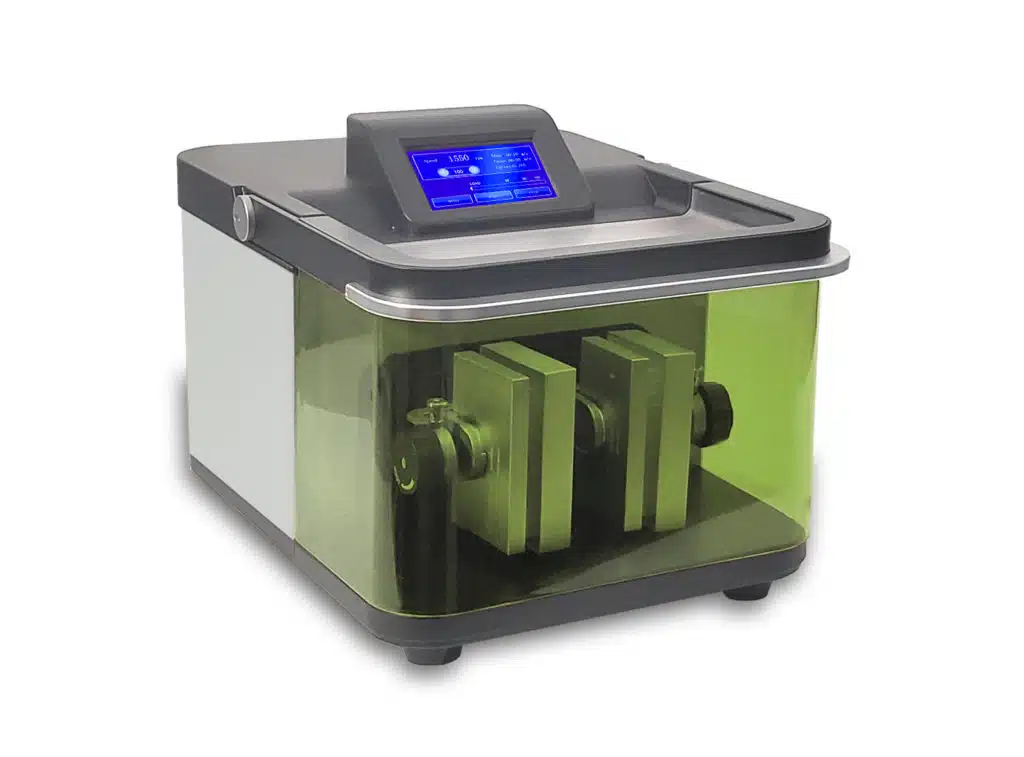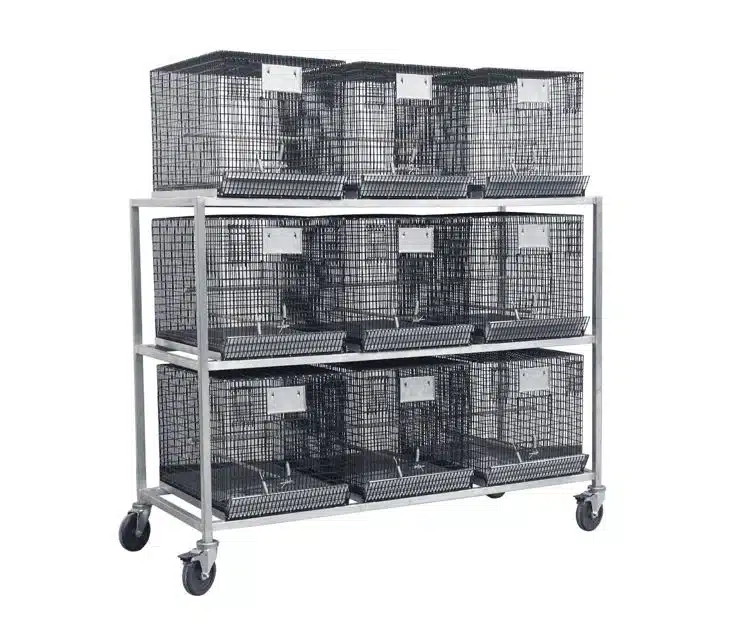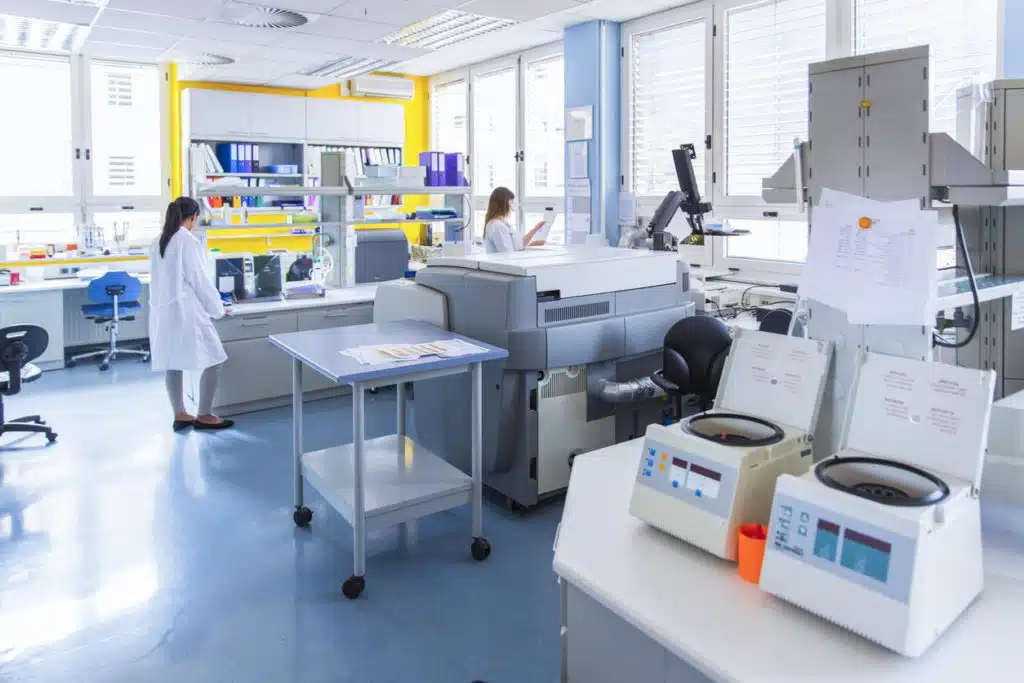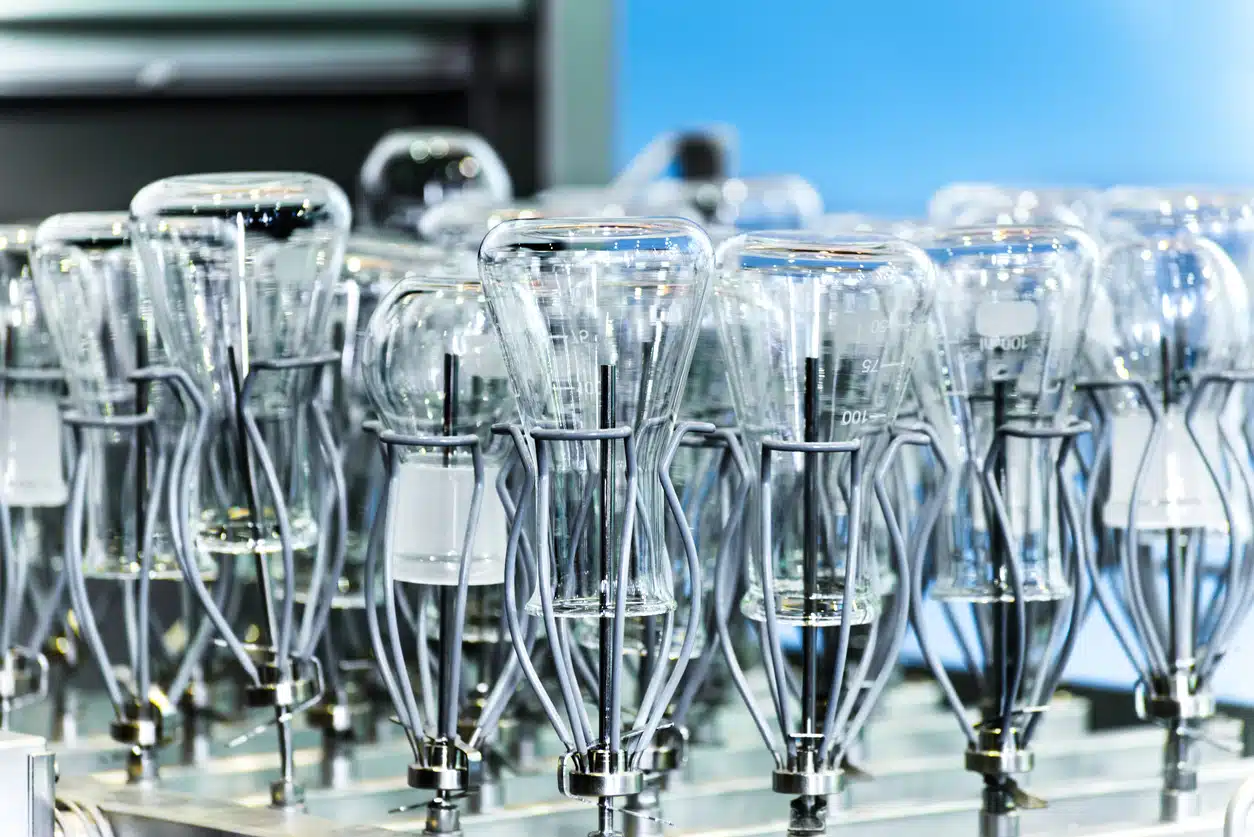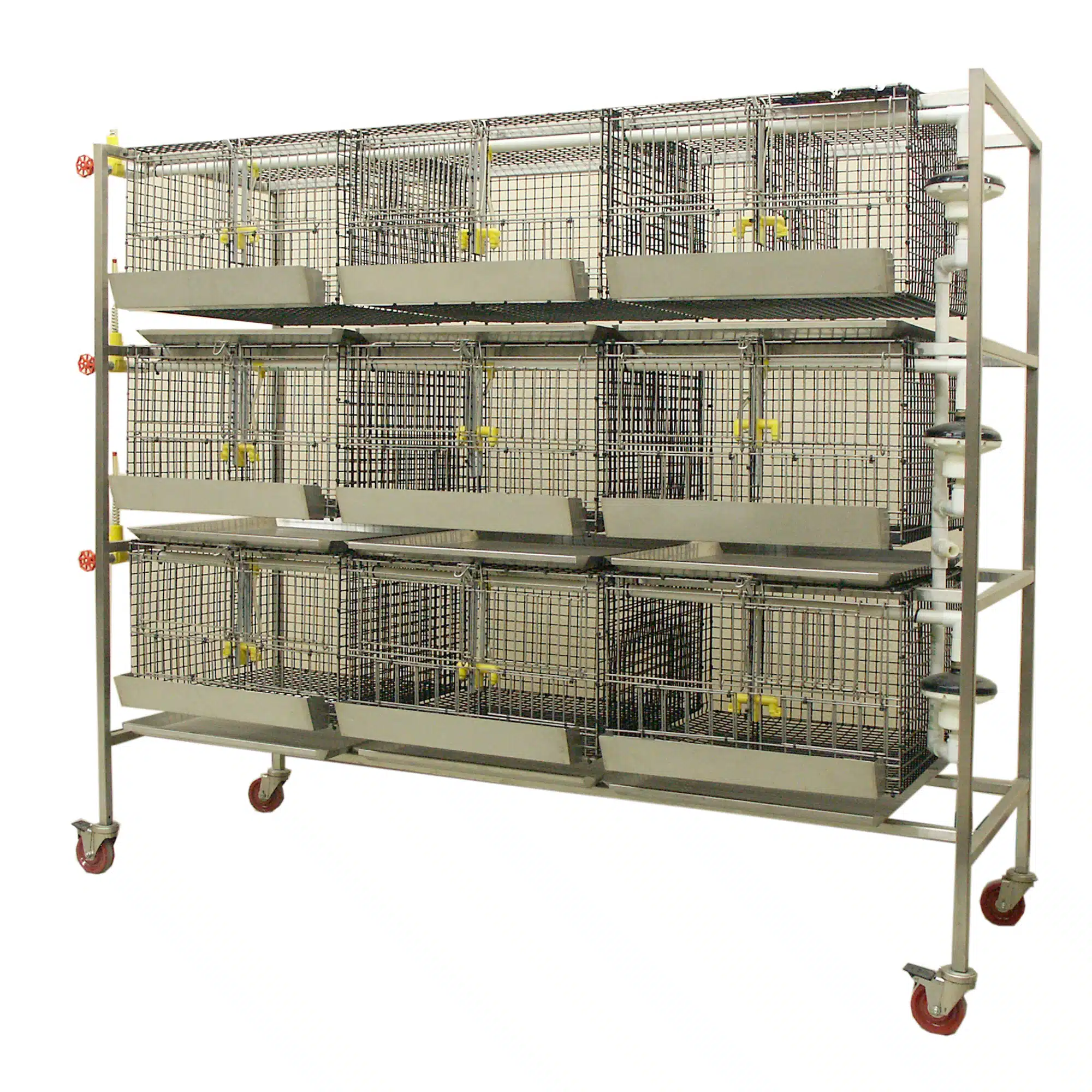CO2 incubators are most commonly available with an air-jacketed or water-jacketed thermal insulator. Each has advantages and disadvantages, and one may be more suitable depending on the application. Over the years, these incubators have evolved, and designs have changed to focus on temperature uniformity and insulation to provide an efficient environment for cell growth.
Air-Jacketed Incubators
Air-jacketed incubators are often used as an alternative to water-jacketed incubators because they have many benefits that the water option does not provide. As the name suggests, air jackets have their walls filled with heated air, which makes them lighter and requires minimal maintenance. They easily set up and recover quickly after a door has been opened.
Some of the key features of air-jacketed incubators include:
- Maximum temperatures of 180oC
- Quick decontamination
- Suitable for high heat sterilization
The Advantages of Air-Jacketed Incubators
Air-jacketed incubators provide flexibility and a variety of advantages, making them a solid alternative to water jackets. They’re much lighter to move, and require less maintenance.
Quick decontamination
There are many ways in which an incubator can be contaminated, but air-jacketed incubators can recover quickly, should it occur. Decontaminating an air jacket can be achieved by high heat or by a hydrogen peroxide treatment.
Additional advantages include the following:
- Easy (and quick) to set up
- Less maintenance
- Lightweight
- On/off temperature cycles can be adjusted
The Disadvantages of Air-Jacketed Incubators
Although becoming a popular option over its water counterpart, air-jacketed lab incubators still have some disadvantages that need to be considered.
Temperature Control
Air-jacketed incubators are more sensitive to changes in ambient temperature either within the lab or in the chamber itself, so temperature retention is an issue. Temperature changes can occur if the incubator door is frequently opened or not closed properly.
Although there aren’t many, additional disadvantages include higher humidity and condensation levels within the chamber due to the warm air.
Water-Jacketed Incubators
Water-jacketed incubators have their walls filled with heated water, providing different advantages over the air-jacketed option. The heated water helps maintain a uniform temperature within the incubator and for long periods.
Some additional features of water-jacketed incubators include:
- Able to retain temperatures
- Can withstand power outages for a longer period of time
- Good insulation
- Reduces vibrations
The Advantages of Water-Jacketed Incubators
Having been a popular choice for so long, water-jacketed incubators provide a few key benefits that are vital for cell and tissue growth applications.
Maintaining Temperature
Water-jacketed incubators can maintain the required temperature for long periods due to the high heat capacity of water. This is a strong advantage if the incubator door is repeatedly opened or a power outage occurs.
Uniform Temperature
The incubator walls are filled with heated water and thus provide a uniform temperature throughout the incubator. This prevents chamber parts from reaching different temperatures, which could potentially impact samples and cell yields.
The Disadvantages of Water-Jacketed Incubators
Scientists must consider some disadvantages to using water-jacketed incubators before purchasing one for their laboratory.
Contamination
Since bacterial growth often occurs in warm water, this could quickly happen in a water-jacketed incubator. Additionally, contamination is likely to occur in stagnant, warm water. Any algae or bacterial growth in the incubator would require a decontamination process, which can be lengthy and result in damaged samples and unplanned downtime.
Weight
Water-jacketed incubators are much heavier than the air-jacket options because they are filled with water rather than air. The water makes it challenging and time-consuming to move and have the incubator up and running again. Although emptying and refilling the water is easy, it could take up to 24 hours before the required temperature is reached and stable.
Additional disadvantages include the incubator being prone to corrosion and requiring more maintenance than an air-jacketed incubator. When purchasing a laboratory incubator, the right choice depends on which features are essential for you. If you would like further information about which incubator is more suitable for your laboratory, please don’t hesitate to contact us, and we will be happy to help you.

